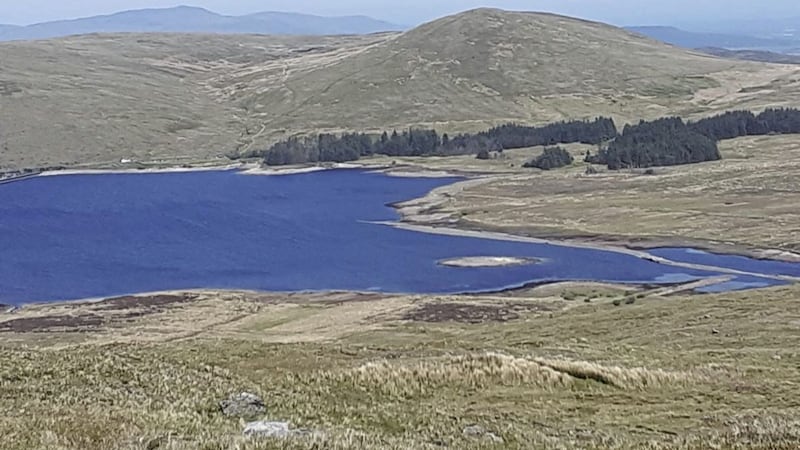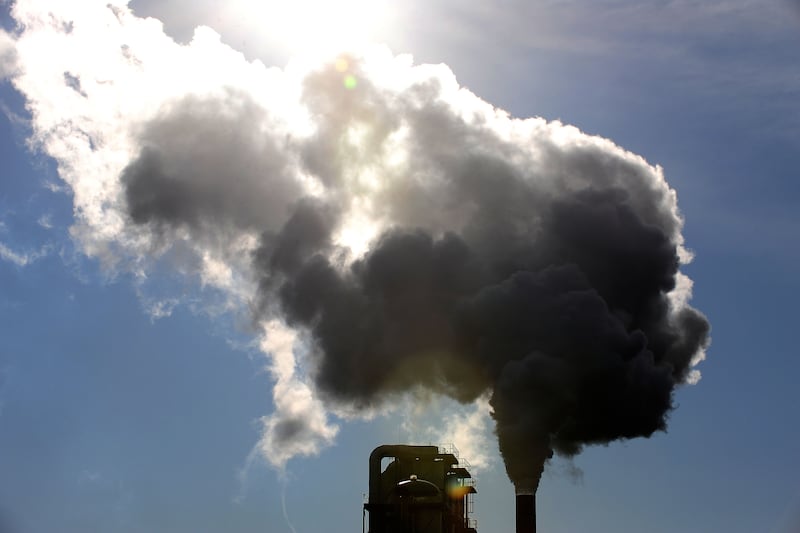DESPITE being the biggest consumer of electricity in Northern Ireland, NI Water believes its assets have the potential "to become a catalyst for transforming our energy system".
The utility company today launches its Power of Water report with a live link from Cop26 as part of its own 'climate event'.
It will see contributions from NI Youth Climate Ambassador Emer Rafferty and an interview with Sir Tim Smit of Eden Project.
As the second largest landowner in the region, NI Water has identified the potential for its 3,000 sites to "host batteries which can store electricity from renewable sources and feed it into the grid and local networks as required".
The report suggests its reservoirs can be used "not just to store water, but also as a source of energy which could be released at critical times of the year when demand exceeds renewable energy supply".
NI Water describes its "early investment" in the Hydrogen and Oxygen Pilot at Kinnegar Wastewater Treatment Works as "a real energy game-changer".
"The supply of green hydrogen that electrolysis produces could help start the shift away from our historical dependence on diesel to power Northern Ireland's public transport, including buses, and heavy goods vehicles - and improve our air quality in the process," it says.
The report says while cars will move to "electrification... for heavy transport, including buses, sustainable fuels such as green hydrogen offer a realistic alternative".
The Kinnegar pilot "confirms" the oxygen by-product of electrolysis "could increase the capacity of some of our wastewater treatment plants by 25 per cent".
The report says if the north's large energy users are able to buy electricity "linked directly to the price of indigenous renewables in Northern Ireland", it would free them from electricity linked to the price of gas, bringing "price visibility and cost certainty".
It is also looking at `pumped hydro storage' - using surplus electricity from renewable sources at off-peak times to move water from low ground to a higher reservoir, which is opened when needed to allow gravity to pull water down through turbine generators creating electricity.
NI Water has "a diverse range of such reservoirs... which could be used to produce hydro power" including one at Camlough in south Armagh which was designed for just such use in the early seventies, but abandoned.
It insists Northern Ireland's "status as one of the windiest parts of Europe" means it may be a "small region on a small island, but we have at our fingertips the means to be an exemplar in the net zero world".
The report calls for "a clear sense of direction in public policy" to help invigorate decarbonisation efforts.
"We still waste valuable resources by turning off wind turbines when demand is low, at night-time for example," it read.
"Already 15 per cent of generating capacity must be turned off, and is therefore wasted, and that figure is only going to grow as we move from 50 per cent of our electricity coming from renewable sources to 70 per cent.
"... We need to create much greater flexibility in the way we generate, store and use energy."








